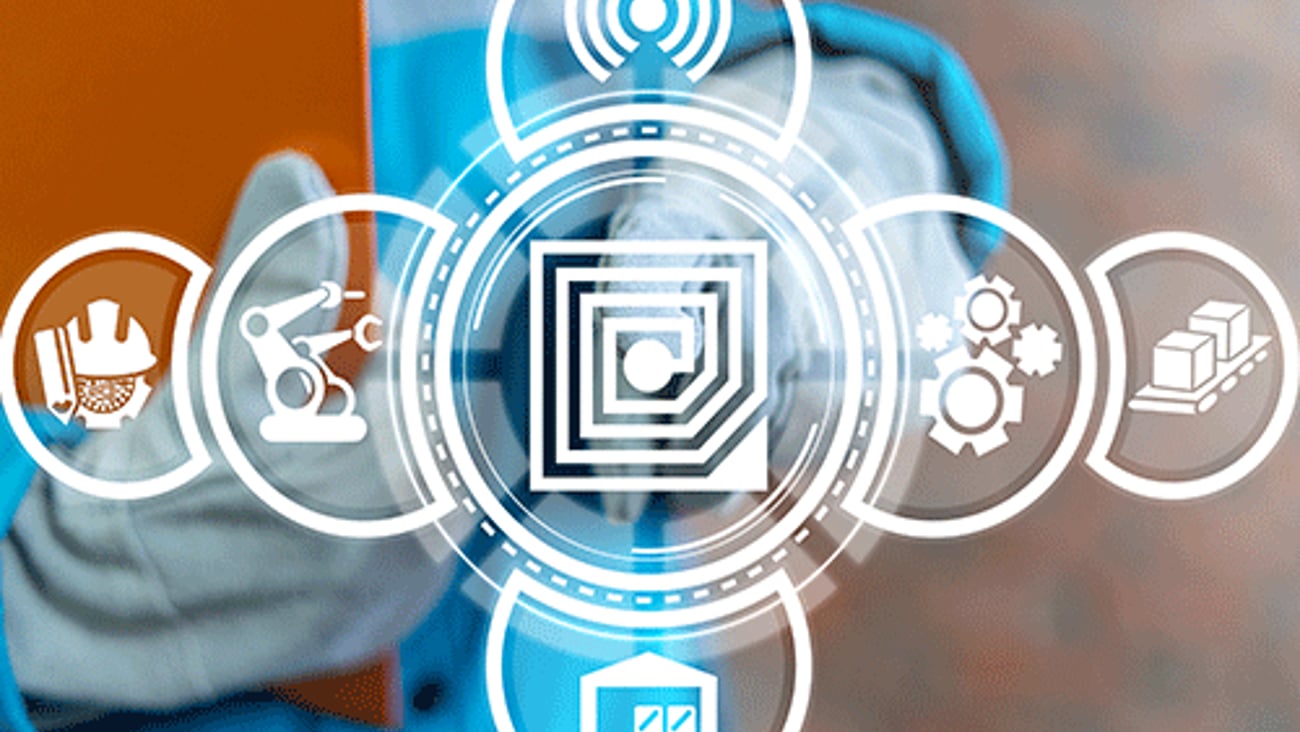2021: Three retail technology trends to watch
Retailers may have no reason to be over-optimistic, but ’21 could be a good year with help from key emerging technology trends.
In my previous column, I reviewed several innovative technologies that retailers used in 2020 to mitigate some of the unique disruption seen by the industry over the past year. For this column, I will examine three technology trends I expect to have a major impact on retail in the coming year.
Online returns for anyone
The well-documented surge in online commerce which has occurred since the outbreak of COVID-19 is producing an accompanying rise in online returns. Commercial real estate firm CBRE predicts consumers will wind up returning $70 billion worth of 2020 online holiday purchases, and there are no signs of a post-holiday dip in digital transactions or returns.
A number of retailers are turning what could be a major supply chain bottleneck into a competitive advantage by partnering with a variety of third-party platforms to accept any and all online returns at their brick-and-mortar stores. Simon Malls, Staples, and FedEx Stores are just a few examples.
By accepting their own (and other retailers’) online returns in stores, these companies boost brick-and-mortar traffic, especially crucial with the pandemic-related dropoff in physical store shopping. Data from early adopters of this strategy, such as Kohl’s (which launched a returns partnership with Amazon in 2017), shows a resulting increase in brick-and-mortar sales.
Mobile first (or only)
Black Friday mobile shoppers spent $3.6 billion, according to Adobe Analytics, up 25% year-over-year and representing 40% of total online spend. Adobe data also indicates mobile devices accounted for 37% of Cyber Monday digital sales.
In response, retailers are beginning to streamline the mobile commerce experience, as well as connect it to the brick-and-mortar environment, using QR codes. These 2D, matrix-style barcodes have long been used as a means of providing customers with scan-based access to digital promotional materials.
By having customers scan QR codes with their smartphones, retailers can also create instant, contactless shopping interactions that truly blend channels and make the consumer’s own device into a POS terminal. Several retailers are leveraging the convenience of QR code-based mobile shopping at the fuel pump, including Sam’s Club and Circle K.
In addition, Coca-Cola is enabling customers to scan a QR code on its “Freestyle” soda machines to directly bring the user interface to their phone screen, essentially turning their smartphone into a soda fountain.
Autonomous delivery
While self-driving delivery vehicles are still in early pilot stage, more retailers are starting to test them out. Autonomous delivery by nature is quick and contactless, two features which have become even more prized in the COVID-19 era and will likely continue to grow in popularity among consumers in 2021.
There are more examples of autonomous delivery pilots than I can list in this column. But a few notable projects include Walmart’s self-driving electric cars and autonomous box trucks, Walgreens’ first-in-the-nation drone delivery test, and Amazon’s six-wheel, self-driving delivery robot known as “Scout.”
Editor’s Note: My next Retail Insights column will publish Jan. 8, 2021. Have a happy, healthy and profitable holiday season and New Year.







